Inscription on the back: “Cagnes sur la … near Nice” and old exhibition number 170.
Dimensions: 27 x 40.5 cm With frame: 51 x 64 cm
Jean CJ Rémond gives us here a very nice panorama of the Haut- de-Cagnes. On its promontory, the old medieval town of Cagnes-sur-Mer, bathed in a pretty Mediterranean light, takes shape, sublimated by the artist. Through pines with finely drawn foliage, on the right, we see the beach and the sea. Unlike historical or mythological landscapes, we are here in the representation of a scene of daily life. In the foreground, a shepherdess on her donkey, accompanied by her sheep and a cow, converses with a peasant. We can see in the distance, on the way out of the city, other characters accompanied by their animals.
This romantic landscape with finesse of drawing and detail is representative of the pictorial qualities and the work of the artist: a composition that develops from a stepped perspective, a skilful distribution of light, more subdued backgrounds on which the foliage, the presence of rocks, water and the animation of conversing characters stand out.
Jean-Charles-Joseph Rémond is the son of a printer who founded in 1793 in Paris a printing house specializing in engravings. He was a pupil of Jean-Baptiste Régnault at the Academy of Painting and Sculpture from 1809, and of Jean-Victor Bertin at the School of Fine Arts in Paris in 1814. He made his debut at the Salon of 1814 with two landscapes historical. He is one of those who most faithfully apply the rules of the composite landscape. He won the Grand Prix de Rome for historical landscape in 1821, unanimously for The Abduction of Proserpine by Pluto. Back from Rome, he opened a studio at the end of 1826. Rémond devoted himself to historical landscape and stopped exhibiting after 1848. On his return from Italy, he published a collection of views of that country. Follower of outdoor painting, he traveled in Italy to Naples and Sicily, Switzerland before returning to France. Jean-Charles-Joseph Rémond is elevated to the rank of officer of the Legion of Honor.
Exhibitions: •From June 19 to October 4, 2010: A century of landscapes, the choice of an amateur, Lyon, museum of fine arts •From November 13 to November 22, 2013: Regards sur la nature, Paris, place Vendôme, gallery Fine Art Marty de Cambiaire
Bibliography: •Larousse Encyclopaedia of the 19th century in eight volumes. •Emmanuel Bénézit, Dictionary of painters, sculptors, engravers, draughtsmen, Gründ, 1999. •Suzanne Gutwirth, “Jean-Charles-Joseph Rémond (1795-1875) first grand prize of Rome for historical landscape”, in Bulletin de la Société d History of French Art, 1981, publ. 1983, no. 50, p. 203. •Laurie Marty de Cambiaire, with Angélique Franck-Niclot, trans. Jane MacAvock, Regards sur la nature, a private collection, [exhibition catalogue], Fine Art gallery, 2013.
Museums: • In the United States. Los Angeles, Getty Center: . Mountainous Landscape with a Road to Naples, 1821-1825. New York Metropolitan Museum of Art: ◦View of Ischia from the Sea, 1842 ◦Entrance to the Grotto of Pausilippus, between 1822 and 1842 ◦View of the Colosseum and the Arch of Constantine. ◦View of the Basilica of Constantine from the Palatine Hill, Rome, • In France . Paris, Musée du Louvre: Carloman wounded in the forest of Yvelines. .Dijon, Dijon Museum of Fine Arts: ◦The Wolf and the Lamb, oil on canvas, ◦The Oak and the Reed, oil on canvas, . Montpellier, Fabre museum: The Death of Abel. Historical landscape, 1838 .Nantes Museum of Arts: Ulysses and Nausicaa, 1830, oil on canvas, .Toulon, Toulon art museum: Landscape inspired by the site of Royat .Toulouse, Augustinian museum: Philoctetes wounded in the 'island of Lemnos, .Versailles, Museum of the History of France: ◦Capture of Tarragona in Catalonia by General-in-Chief Suchet ◦Siege of Lerida by General Suchet, 1836 ◦General Suchet receives the capitulation of the city of Tortosa •In the United Kingdom .Cambridge, Fitzwilliam Museum: Italian landscape with view of a port.



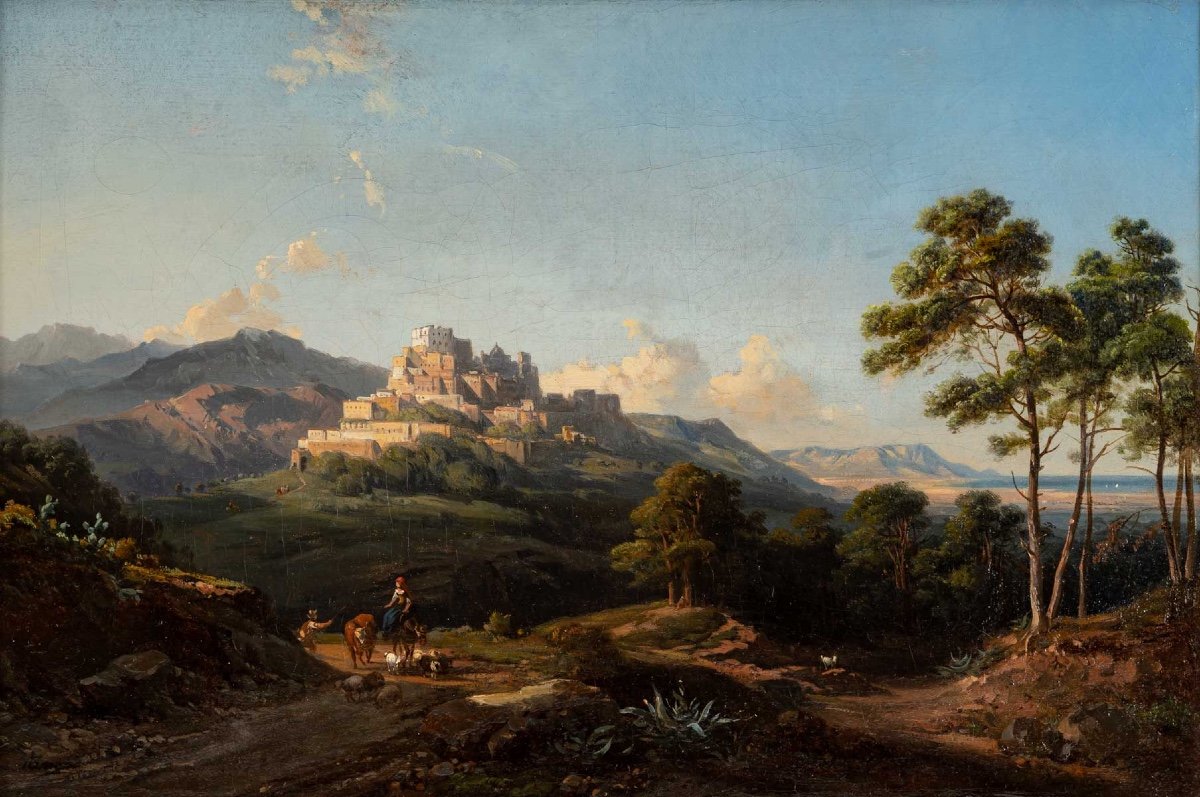
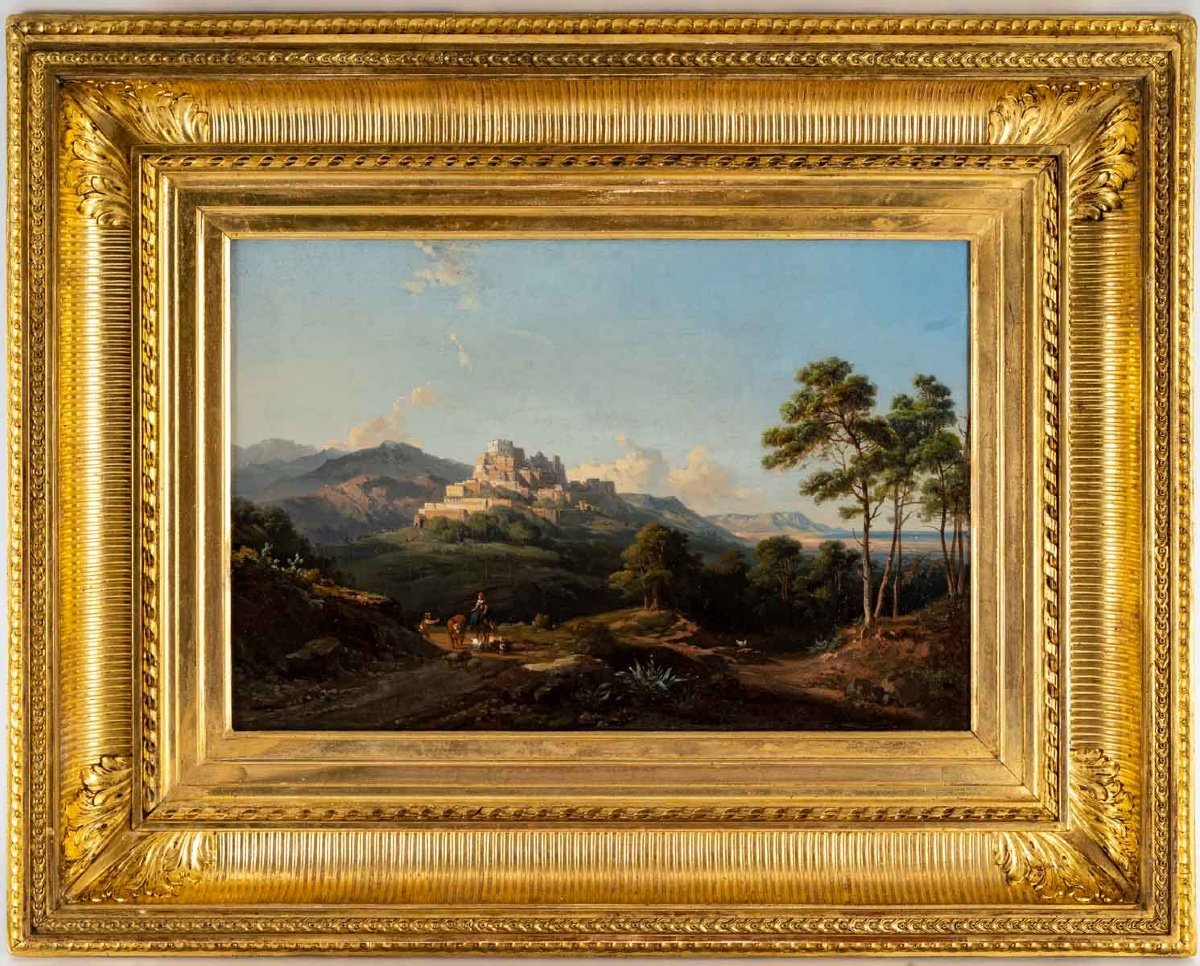
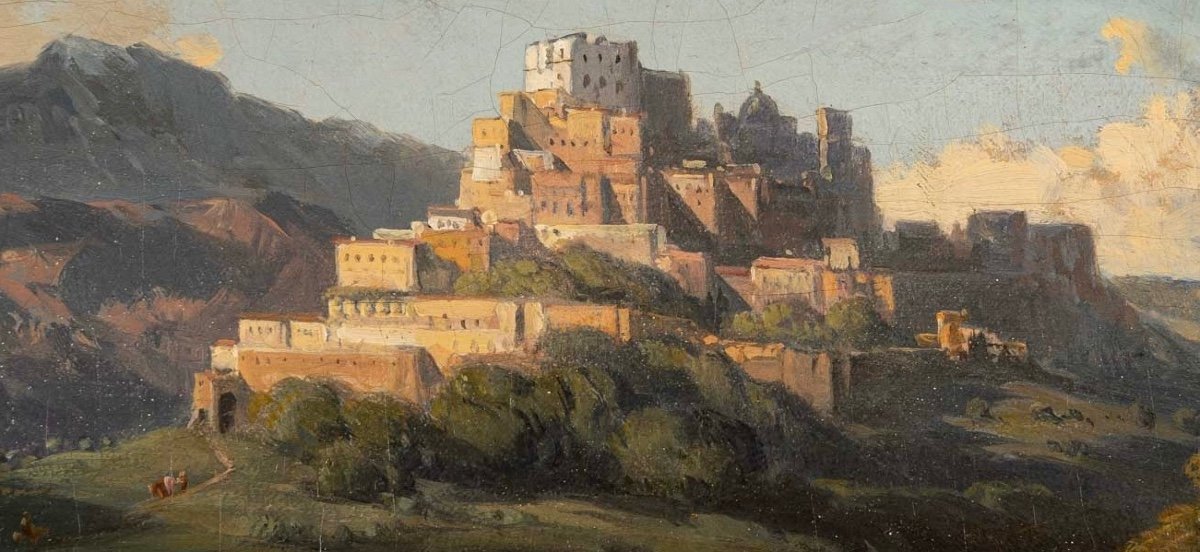
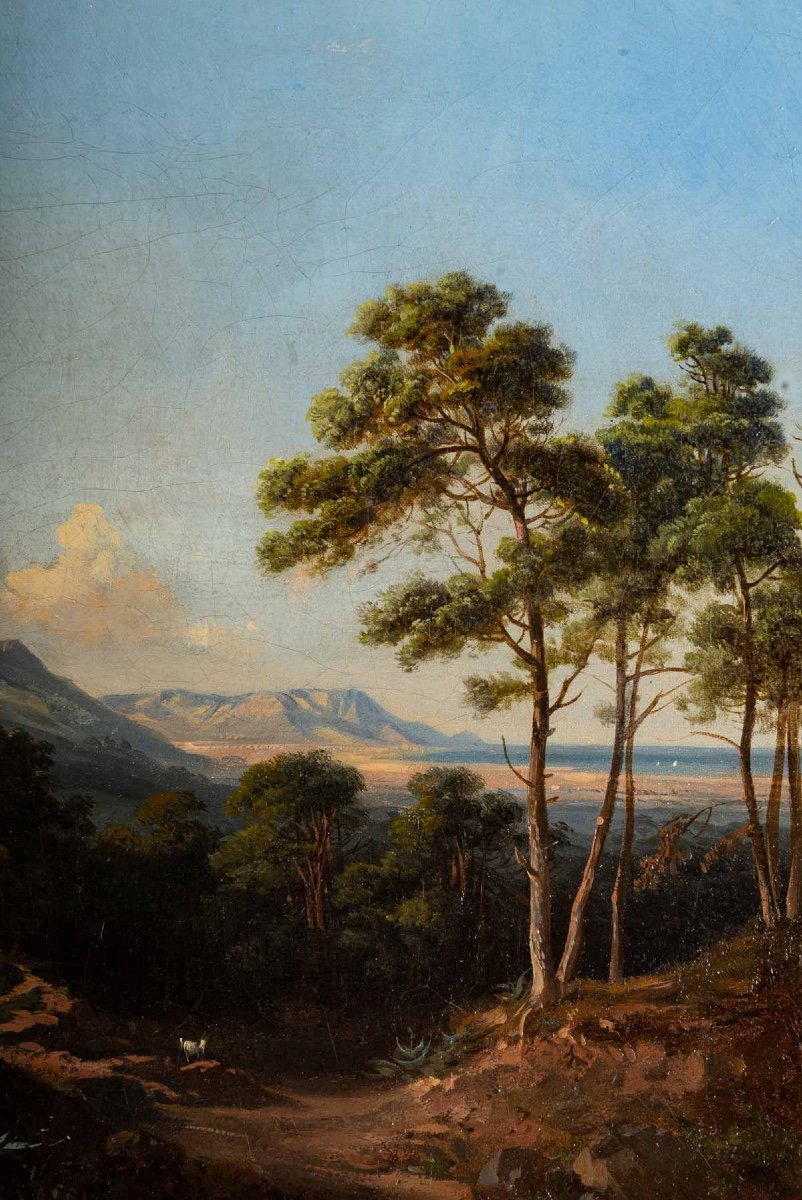
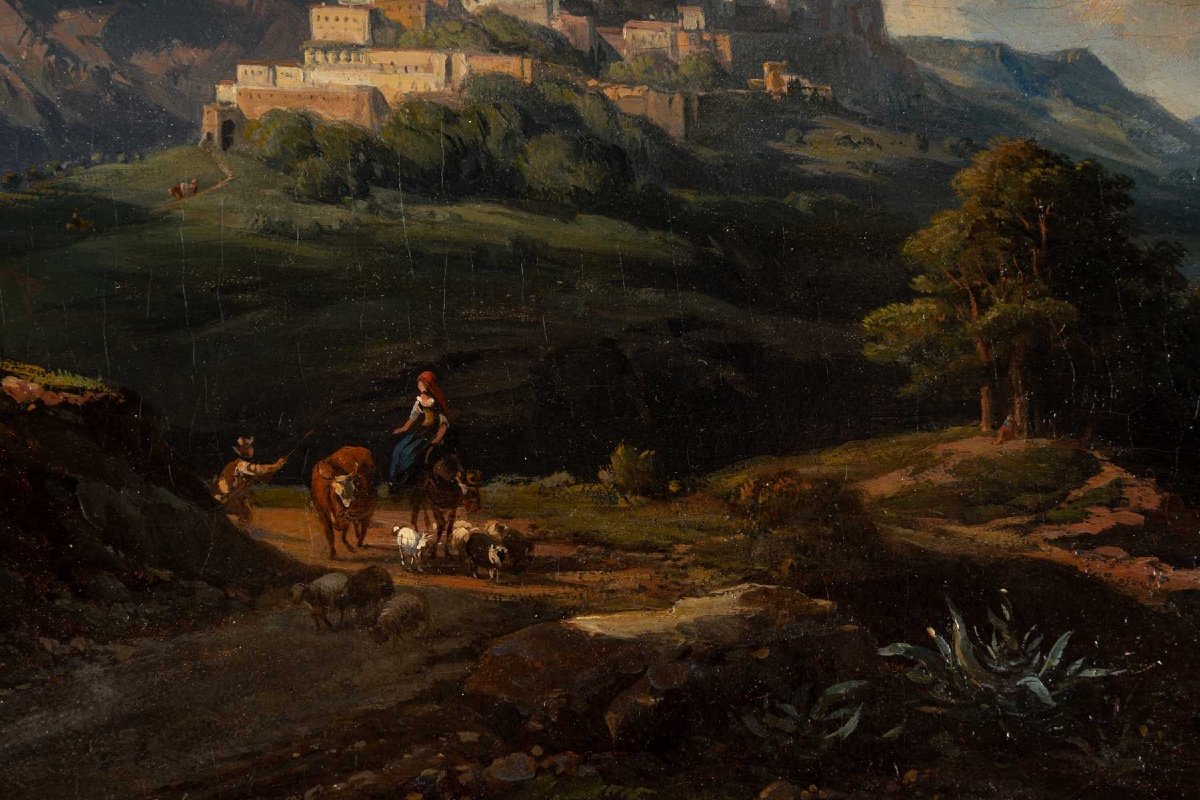
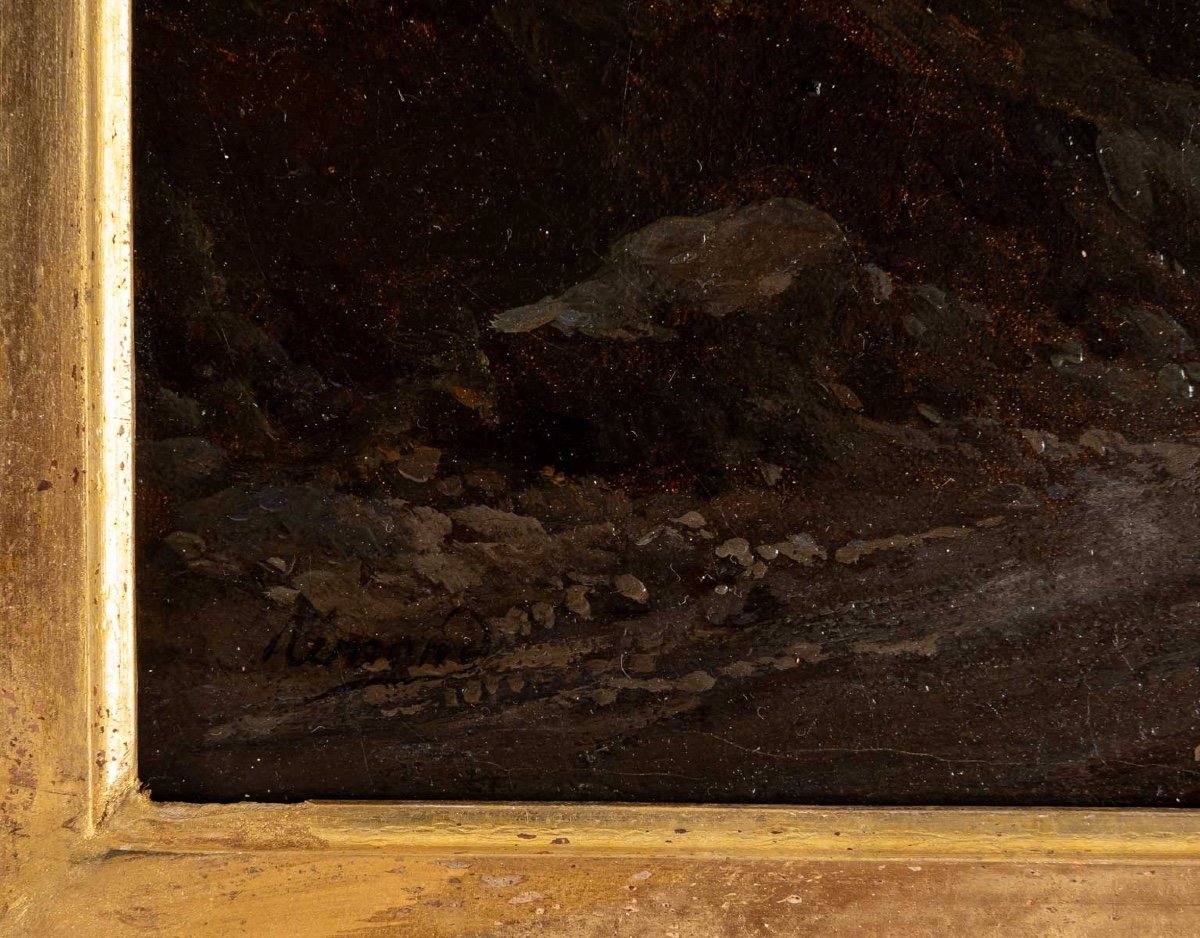


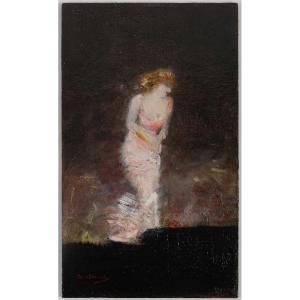

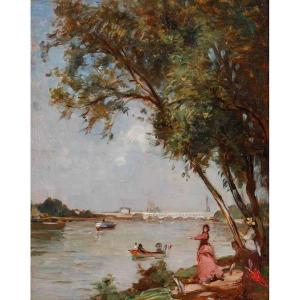

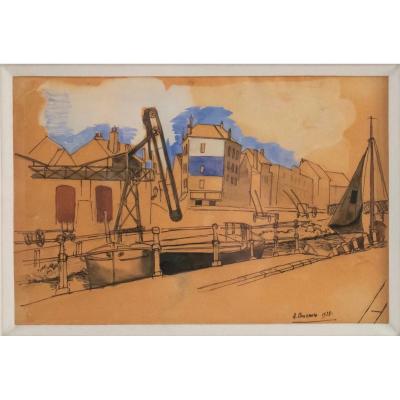
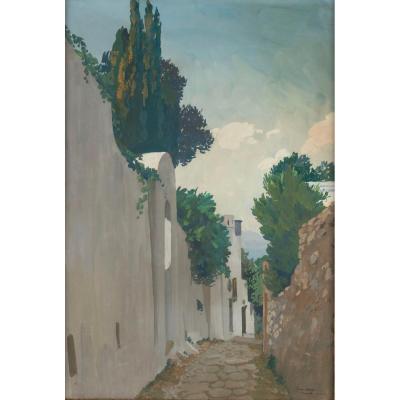



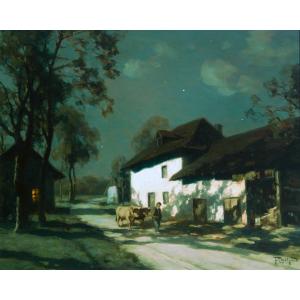
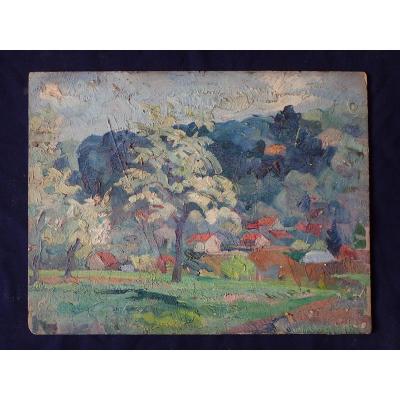




 Le Magazine de PROANTIC
Le Magazine de PROANTIC TRÉSORS Magazine
TRÉSORS Magazine Rivista Artiquariato
Rivista Artiquariato
